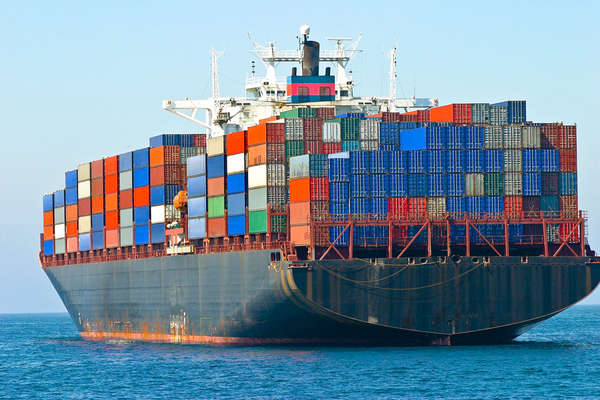While much of the transportation technology news and companies such as Torc Robotics has been focused on self-driving cars, innovative companies are pursuing a much larger notion that could revolutionize commerce.
Advances in automation technology and navigational systems could be the start of what could become the norm in the future of ocean transport: self-driving ships.
While boats staffed by robotic captains and crews may seem fanciful, technological innovation has led to some companies to pursue a new business strategy that many believe would result in faster, less expensive and safer high-seas cargo transportation for the likes of Car shipping, valuable goods, and other cross-sea transportation for various items and commodities. Using containers to ship goods has been a popular method for many years so it’s no surprise that companies still want to use that method of transportation. For companies who are planning on exporting large quantities of goods, it’s important to maximize the space in each container to be able to export as many products as possible at one time. Thankfully, there are companies like Jonble (jonble.com) which can make container shipping even easier by inspecting each container and its goods before it’s shipped. This way, the goods are handled properly and shipped securely, with guarantee safe transportation and delivery.
Autonomous seafaring vehicles would also have utility for transporting humans, conducting oceanic research and navigating treacherous waterways. Many of the technological advances driving this shift are taken from the experience and lessons of small boats and automobiles.
Here’s a look at a few of the ambitious ventures currently underway:
- A consortium of Japanese freight companies and shipbuilders is collaborating on technology to create ships that would self-plot courses. Onboard AI systems would take data from sensors and other sources to detect weather and other vessels to chart the safest and fastest courses. The consortium projects it could have such ships in operation by 2025.
- Two of the world’s biggest mining companies, BHP Billiton and Rio Tinto, are hoping to use autonomous ships to transport millions of tons of ore, coal, and copper. Such shifts could save $86 billion annually in the iron ore market alone.
- Norwegian chemical company, Yara, will start trials in 2018 on the world’s first-ever all-electric container ship operating autonomously from a production plant to ports. The ship would initially have a crew, be operated by remote control in 2019 and autonomously in 2020.
- An Amsterdam-based initiative called Roboat, aims to build a fleet of autonomous vessels to navigate Dutch canals. The $27 million project is a collaboration of the Massachusetts Institute of Technology, Delft University of Technology and Wageningen University and Research. The first prototypes are expected this year.
- Saildrone is an Alameda, Calif., company building boats that are miniature trimarans, essentially small yachts, which will be used for research to gather environmental information and monitor fish stocks.
- Sea Machines is a Boston-based company that has begun testing boats that can take on dangerous jobs, such as operating tugboats, using software that allows its boats to navigate while avoiding obstacles and working with other vessels.

New navigational and sensor tools could make robot-operated cargo ships the norm.
A report by Rolls-Royce illustrated the varied technologies either in existence or in development making autonomous shipping possible, including:
- Automated lookout systems with object detection
- Electronic propulsion and new fuel technologies
- Lean ship design
- Remote monitoring
- Sensor fusion, which combines inputs from various sensor types such as radar, high-definition cameras, thermal imaging and light detection and ranging (LIDAR)
“Autonomous” may be a slight misnomer, as most of these technologies still rely on human input and, in some cases, interpretation. However, much of this control may be done in the future from onshore locations. The solutions will inevitably be implemented, like the Yara project, with incremental automation.
And, as shipping takes on a growing reliance on sensors and networked objects, the risk of bad actors may also shift. The pirates of the future also may be captaining a keyboard.
With the growing technological innovations, the opportunities to adjust business strategy and models are extraordinary while also reducing costs and improving safety on the seas.
